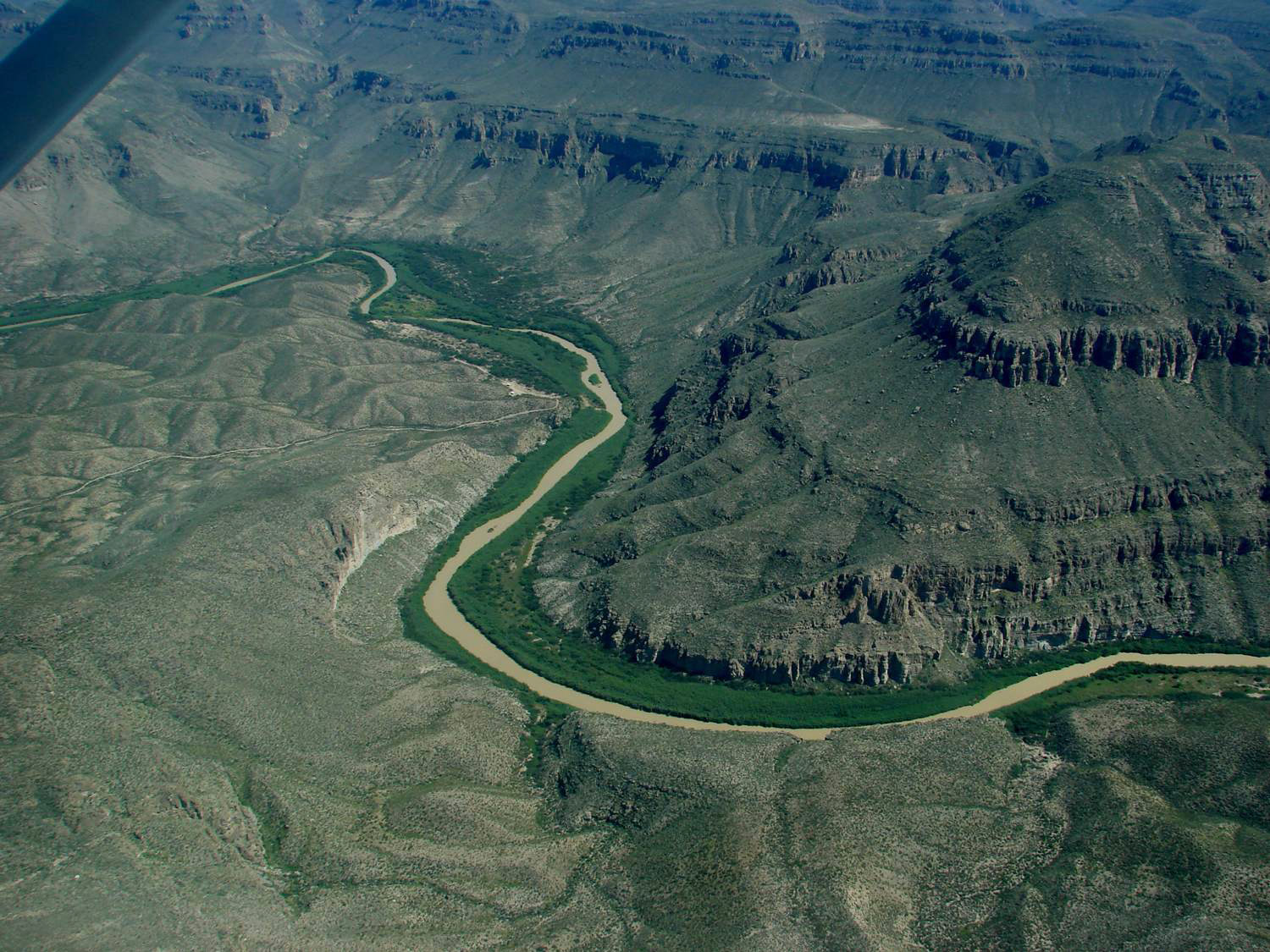When it comes to invasive species, can we learn from our mistakes?
This post contributed by ESA member Aviva Glaser, who works on agricultural policy for the National Wildlife Federation
Seven years, my father decided to plant bamboo in his backyard, in an effort to improve the landscaping. A few years later, and sprouts can be seen creeping out from the bamboo grove in every direction. While my father keeps the bamboo stand under control for now, I wouldn’t be surprised if in another 20 years from now, bamboo begins popping up on some of the neighboring properties.
The history of invasive species in this country has often started with good intentions. In the 1930s, for instance, the U.S. Department of Agriculture paid farmers to plant kudzu, promoting it as a “miracle vine” to combat erosion. Years later, this plant is more commonly referred to as “the vine that ate the South,” and is estimated to cover an astonishing seven million acres of land in the southeast. Not only has it devastated wildlife habitat, but its estimated economic impact in the United States is between $100 and $500 million, and that’s not even considering the millions of dollars spent to control kudzu every year.
While we cannot go back and change what has already been done, we can learn from the past and make sure that we are not making the same mistakes in the future. We have just that opportunity right now.
The Environmental Protection Agency (EPA) is currently in the final stages of approving a rule which would allow two known noxious weeds, giant reed (Arundo donax) and napier grass (Pennisetum purpureum), to qualify as renewable fuel sources under the Renewable Fuel Standard. If this rule passes, the U.S. government would once again be creating incentives for the planting of invasive species, this time for renewable fuel.
Scientists, however, think that we should be learning from our mistakes – and not be incentivizing the next kudzu or purple loosestrife. Just over a month ago, more than 200 scientists from across the country sent a letter to the Obama administration urging them to take a “look before you leap” approach to potentially invasive plants grown for bioenergy and warning that some crops being considered for large-scale energy plantings may actually be highly invasive and potentially harmful to native species.
“Many of today’s most problematic invasive plants – from kudzu to purple loosestrife – were intentionally imported and released into the environment for horticultural, agricultural, conservation, and forestry purposes. These invasive species already cost billions of dollars a year in the United States and are one of the primary threats to North America’s native species and ecosystems. It is imperative that we learn from our past mistakes by preventing intentional introduction of energy crops that may create the next invasive species catastrophe – particularly when introductions are funded by taxpayer dollars,” states the letter.
Dr. Scott Collins, the president of the Ecological Society of America, was one of the 208 scientists from 41 states across the country who signed onto the letter, stating, “ESA supports the wise use and development of alternative energy including growing plants for biofuels. However, care must be taken to prevent unintended consequences including the use of highly invasive species.”
The pending EPA rule is just one example of how the administration has the opportunity to shape our country’s biofuel policy in a responsible, proactive manner. Bioenergy has the potential to be an important, homegrown source of renewable energy, but only if we do it right. We need policies that incentivize only those energy crops that are truly sustainable, not policies that encourage the planting of crops that threaten our soil, water, and wildlife.
For more information on the potential for bioenergy crops to become invasive, visit www.nwf.org/growingrisk.
Photo Credit: John Goolsby, USDA
